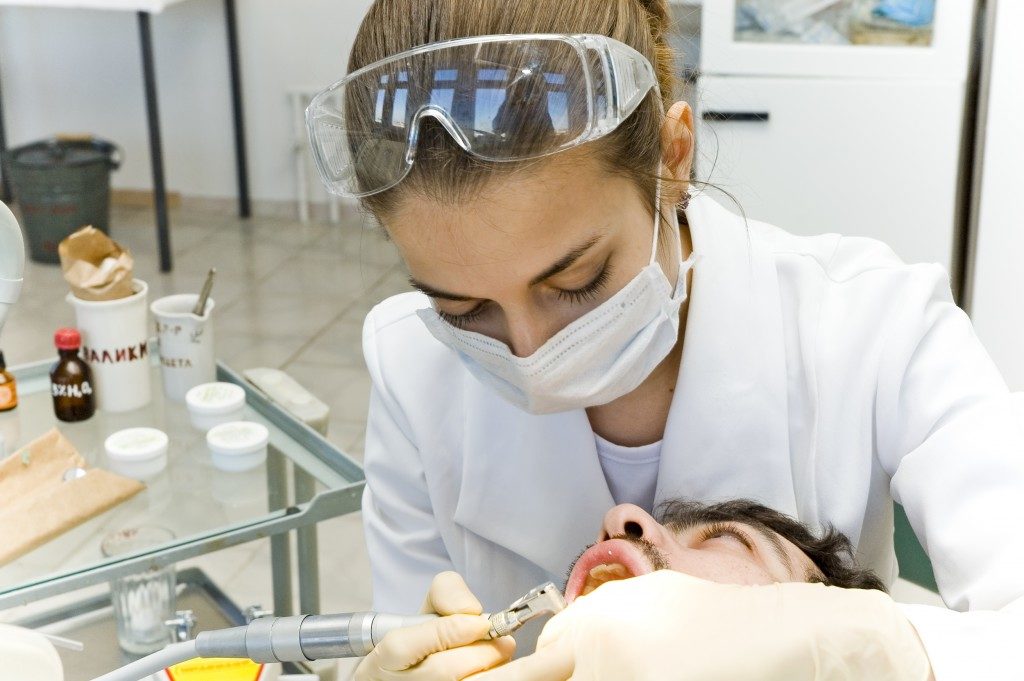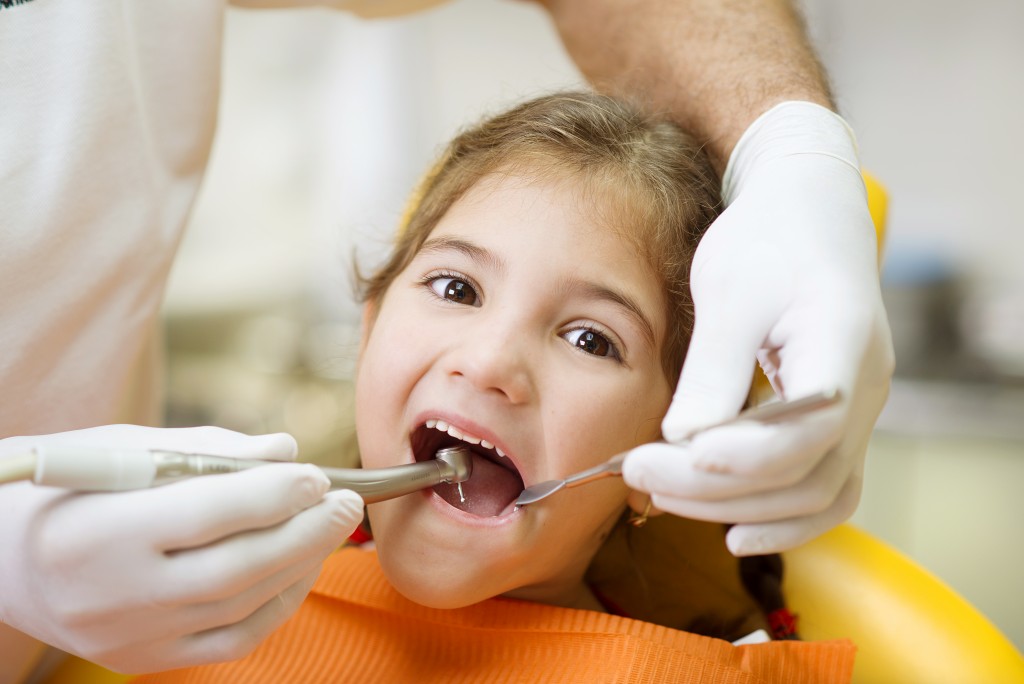Most children do not like going to the dentist. All of that equipment can look daunting and scary for a child. This is why sedation dentistry exists: under sedation, your child will be less fearful of the dentist’s chair, especially for long and complex dental procedures.
As a parent, your child’s safety is of utmost importance – it’s no different when you opt to put them under dental sedation. It is vital that you know and understands what dental sedation is and how it will affect your child.
Types of Sedation and Anesthesia Used on Children
There are many different types of sedation that can be used on children.
Nitrous Oxide
Also known as laughing gas, nitrous oxide is a mild sedative and is the least invasive form of dental sedation. Children breathe the gas in, with a little oxygen, to feel more relaxed and a little lightheaded.
Mild Sedation
This medication is usually given to older children. With this type of sedation, your child will be awake, but a little calmer. They would still be able to do what the dentist tells them to do. Trusted sedation dentists in Highlands Ranch, CO will be able to safely administer this kind of sedation to children while they do the dental work.
Moderate Sedation
With moderate sedation, children are sleepier. However, they can still do what their dentist asks them to do. Under moderate sedation, children can still breathe on their own and are easy to wake. Most children won’t be able to remember anything about the procedure.
Deep Sedation
Deep sedation involves intravenous medications that will help your child sleep through the entire procedure. Your child may move a little, but they may not be able to breathe well on their own. That is why there should always be one other qualified professional – like an anesthesiologist or a dental sedation assistant – who can monitor your child’s vitals, such as their heart rate, blood pressure, and breathing during the procedure.
General Anesthesia
Under general anesthesia, your child will be completely asleep. The medication will be administered by specially trained anesthesia professionals. These professionals will also monitor your child’s vitals while the dentist performs the procedure.
Before Sedation

According to the American Academy of Pediatric Dentistry, parents should properly prepare their child for dental sedation by doing the following:
- Notify the clinic of any change in your child’s medical condition. For example, if your child had a cold before a sedation appointment, it would probably be best to postpone the sedation.
- Tell the clinic about any medications your child is taking.
- Restrict the amount of food and drink that your child will take in the hours before the procedure. This will decrease the risk of vomiting and aspirating stomach contents into the lungs.
- Dress your child in comfortable clothing.
- Try not to bring other children with you to the appointment.
During Sedation
Parents can help their children relax by being calm and encouraging, as well as doing the following:
- Watch your child closely after the sedatives are administered before they get to the treatment room since they may become sleepy, dizzy, uncoordinated, or irritable.
- Remain close to your child to prevent injuries from stumbling.
- Be prepared to remain in the clinic until the dentist has said that it is safe for your child to be discharged. Children recover from sedatives at different rates so you may have to wait in the dentist’s clinic for a period of time.
After Sedation
After sedation, your child may still be drowsy. They must be supervised by an adult until they are fully recovered. The following are some aftercare procedures that you can do to help your child deal with the effects of the sedatives:
- Your child may become nauseated after the sedation appointment. This is normal; nausea and vomiting are possible side effects of sedation.
- Restrict activities for the rest of the day as your child may still be drowsy for some time after the sedation appointment.
- Your child’s first meal after a sedation appointment should be light and easily digestible, like soup.
Pediatric sedation dentistry is a safe procedure that your child can undergo to help them with any dentist anxiety they may have. With the right preparation and proper care before and after the procedure, you can provide the best experience for your child.

